Choosing the right lamps and lanterns is often overlooked during the final stages of home improvement. Many people tend to place their favorite lights without considering the overall layout, leading to cluttered or unbalanced lighting. Others may only install a single light for cost-saving purposes, resulting in a dull and monotonous space. The key to effective lighting lies not just in the type of lamp, but also in how well it fits the space. Selecting appropriate lighting can enhance the atmosphere and create a more inviting environment.
1. Various Types of Lamps
There are numerous types of lamps available on the market, each with different materials, sizes, and light sources. These options can be used in various areas of your home. Let’s take a closer look at some common types of lamps.
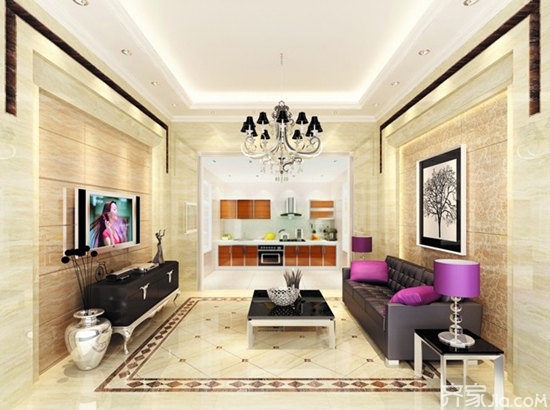
Pendant lamps are popular in larger spaces such as living rooms, dining areas, and bedrooms where ceiling height is over 2.2 meters. They come in styles like European candle holders, traditional Chinese pendants, and crystal designs, adding both function and elegance.
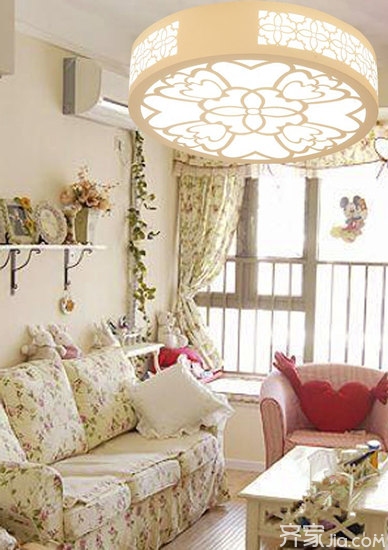
Ceiling lights are ideal for smaller areas like kitchens, bathrooms, and bedrooms. They include square, round, and rectangular designs, offering a more subtle illumination compared to pendant lights.

Table lamps are versatile and come in a wide range of styles, from ceramic to metal and wood. They are perfect for desks, bedside tables, and reading nooks, offering localized lighting that complements the room's design.
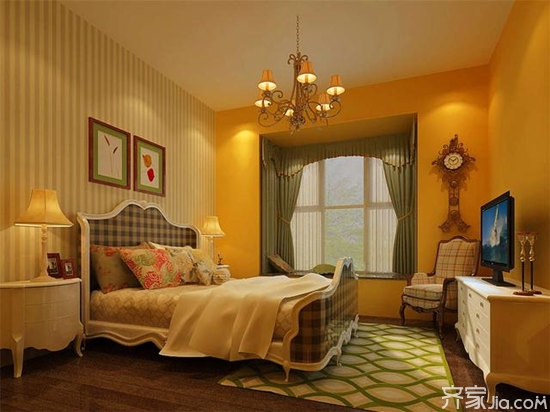
Wall lamps are commonly used in corridors, bedrooms, and bathrooms. They are installed at least 1.8 meters above the ground and provide ambient or task lighting without taking up much floor space.
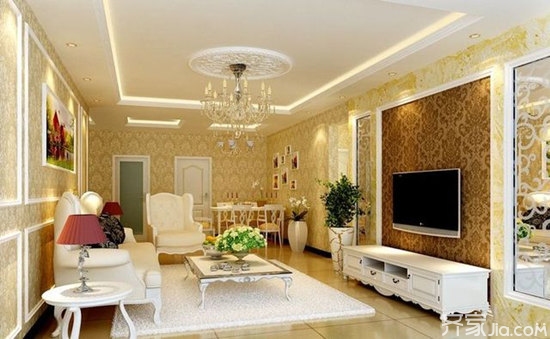
Spotlight lamps are used to highlight specific objects, such as artwork or architectural features. They add depth and visual interest to a room, making them great for accent lighting and creating mood.
Floor lamps are typically used as secondary lighting, especially in corners or reading areas. They offer flexible placement and can help create a warm, cozy atmosphere in living rooms or studies.
2. Choose Lamps Based on Your Space
Different lamps suit different spaces, so it's important to consider the size, height, and layout of your room before selecting a fixture. A well-chosen lamp can make a big difference in both functionality and aesthetics.
1. Consider the Room Height
If your room has a ceiling height of less than 3 meters, it's best to avoid long chandeliers or heavy crystal fixtures. Large chandeliers are more suitable for high-ceiling areas like villas or duplex homes.
2. Think About the Size
The size of the lamp should be proportional to the room. As a rule, the lamp area should not exceed 2-3% of the total room area. If the main light is insufficient, you can add floor lamps, spotlights, or table lamps for extra illumination.
3. Check the Weight
Make sure the weight of the lamp doesn't exceed the ceiling's load capacity. Lamps mounted directly on the floor slab are generally safer due to better structural support. Always go for lightweight options when possible.
4. Pay Attention to Wattage
Higher wattage doesn't always mean better lighting. Choose a lamp based on the room size: 60-80W for 15-18 square meters, and 100-150W for 30-40 square meters. This ensures adequate brightness without overloading the circuit.
3. Don’t Just Go for Expensive Lamps
While many believe that expensive lamps guarantee quality, it's more important to focus on factors like brand reputation, safety, and design. Here are a few things to check when buying a lamp:
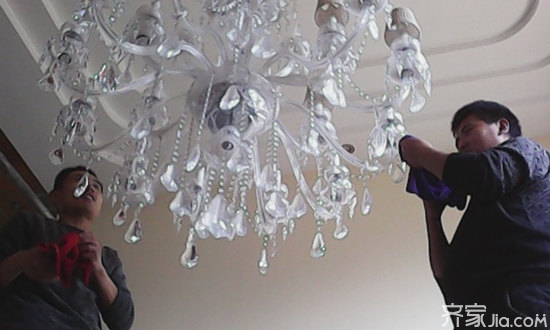
Check the logo and specifications: Ensure the lamp has a clear brand name, model, voltage, and power rating. The instruction manual should also be included in the package.

Inspect the appearance: The lamp should have a smooth finish, no sharp edges, and a sturdy shell. This helps prevent damage to wiring and reduces the risk of electrical hazards.
Safety is crucial: Look for lamps with protective covers over live parts. In wet areas like kitchens and bathrooms, choose waterproof and moisture-resistant models.
Check the wiring: The wire should have a minimum cross-sectional area of 0.5mm² to prevent short circuits and ensure safe operation.
Tips: For more information on home improvement materials, furniture brands, and appliance reviews, visit this website. You can also follow us on WeChat: mall_jia.
What, are you still using your own money for decoration? ! The Qi family decorates in installments with an ultra-low annual interest rate of 3.55% and a maximum loan of 1 million. Apply now and enjoy exclusive discounts.
If you're interested in brand partnerships, content collaborations, or advertising opportunities, please email us at: [email protected].
Lamps, Ceiling Lights, Lighting Fixtures
Microfiber kitchen mat:
- Material: Made of microfiber material, with soft and comfortable touch.
- Function: Mainly used in the kitchen floor, it can effectively prevent slipping, relieve fatigue caused by standing for a long time, and protect the foot joints.
- Features:
- Strong water absorption: microfiber material has good water absorption performance, can quickly absorb water, keep the ground dry.
- Non-slip design: The bottom is mostly designed with non-slip rubber particles to increase friction and prevent the mat from sliding on the ground.
- Easy to clean: Microfiber material is easy to clean and can be washed by hand or machine to maintain hygiene.
- Prints: A variety of lovely prints are available to add decorative touches to the kitchen.

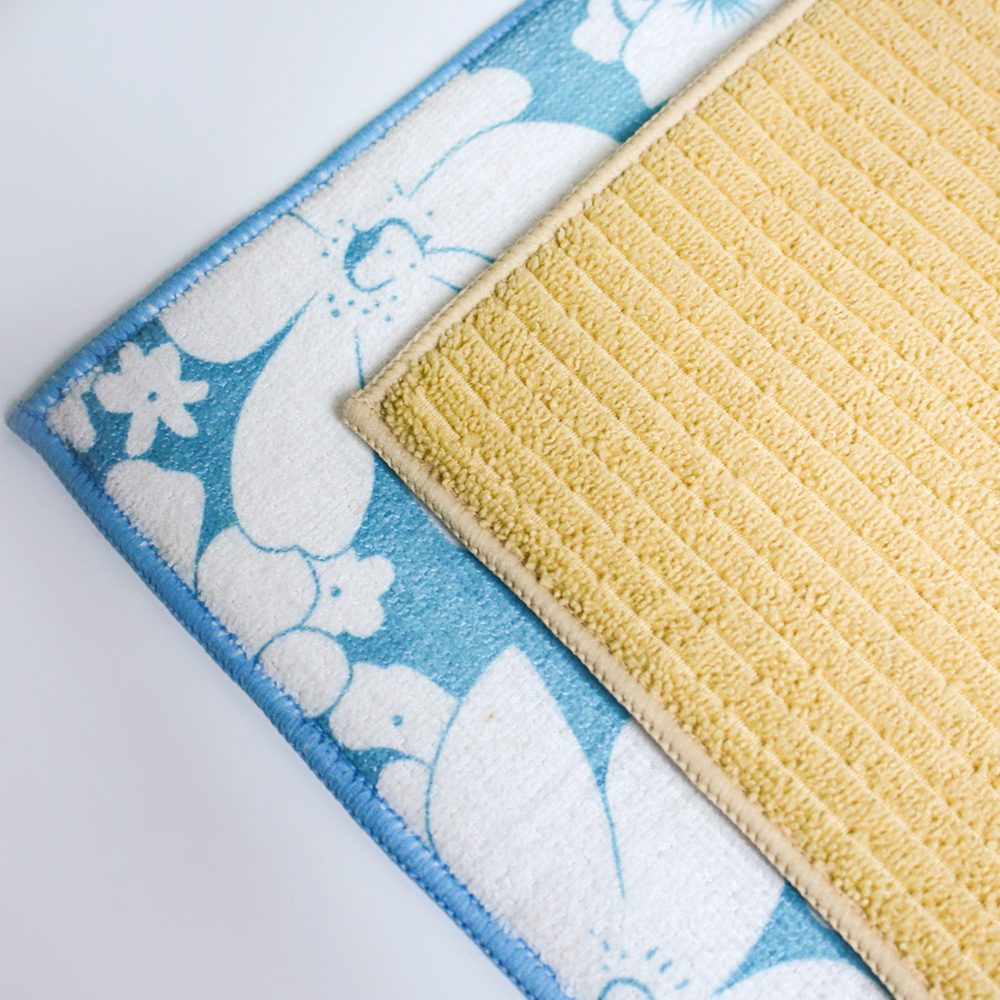
Microfiber dish drying mat,microfiber drainer mat,microfiber mat for dish drainer,microfiber dish mats
jiangsu qiyun cleaning knitting product co.,ltd , https://www.jarfrry.com